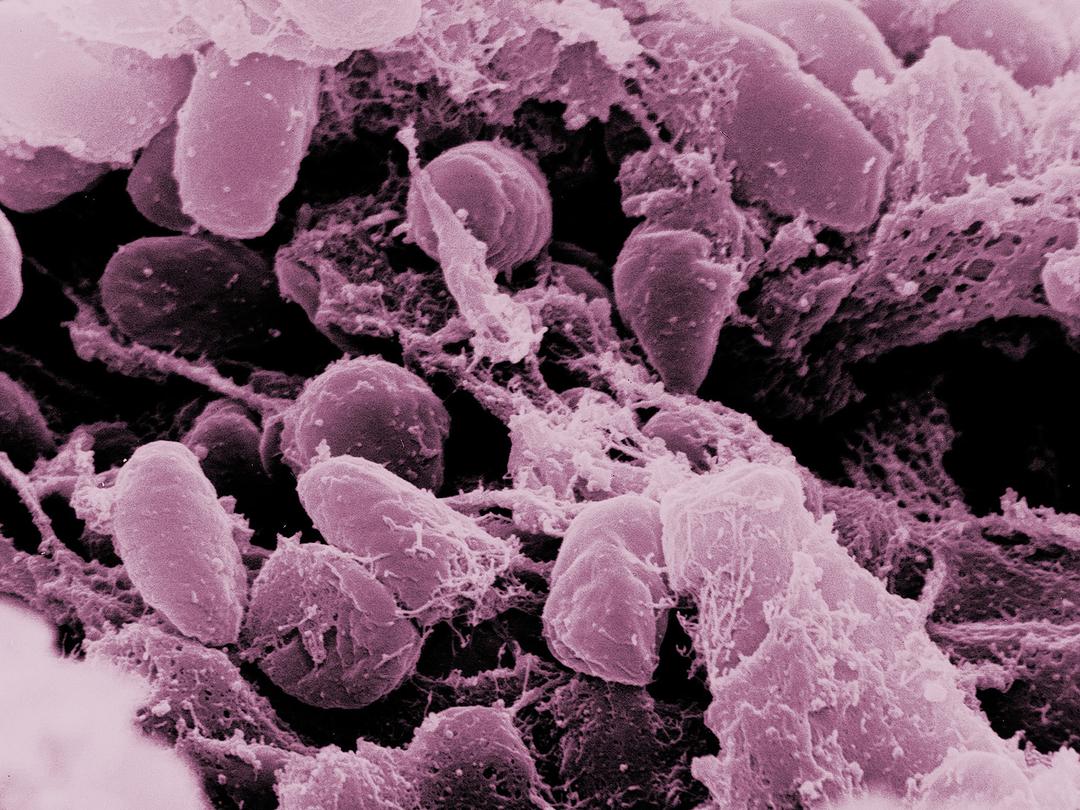Pueblo County Health Officials Confirm Human Case of Bubonic Plague
The Pueblo Department of Public Health and Environment recently announced that preliminary tests indicated the presence of the plague-causing bacteria. The department has now confirmed these findings.
While the plague can be treated with antibiotics, prompt medical care is essential to prevent severe complications or death. The disease is transmitted by fleas and naturally occurs in wild rodents. Symptoms include sudden fever or chills, severe headache, nausea, and painful, swollen lymph nodes.
Public health officials are investigating the specific source of this case and recommend the following precautions:
- Eliminate potential rodent hiding places around your home, such as brush and rock piles.
- Avoid contact with dead animals.
- Use insect repellent containing 20-30 percent DEET to prevent flea bites.
- Do not allow pets to sleep in bed with you.
- Regularly treat dogs and cats for fleas.
- Keep pets from straying into areas known for rodents, such as prairie dog colonies.
- Store pet food in rodent-proof containers.
The state health department reports that in 2021, there were 10 cases of plague in animals, including six domestic animals. Between 2005 and 2021, Pueblo County recorded one human case.

